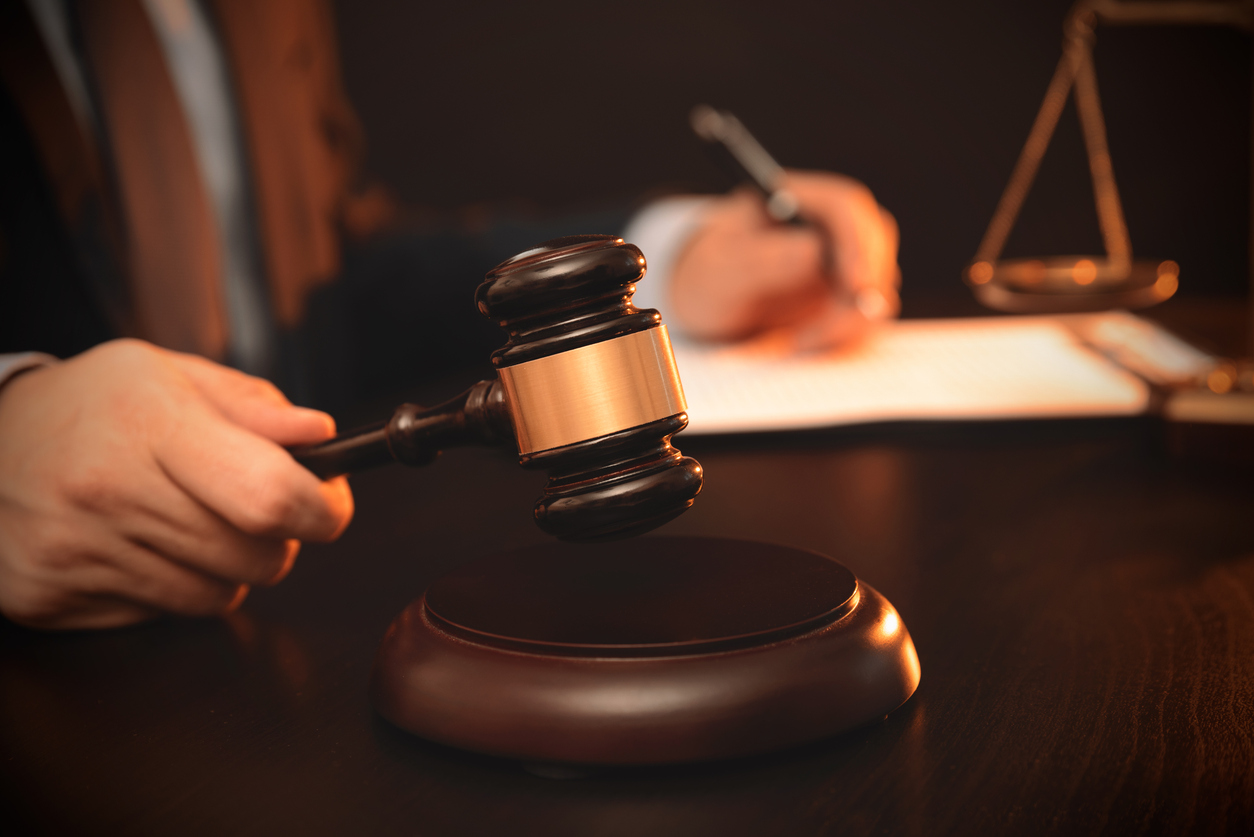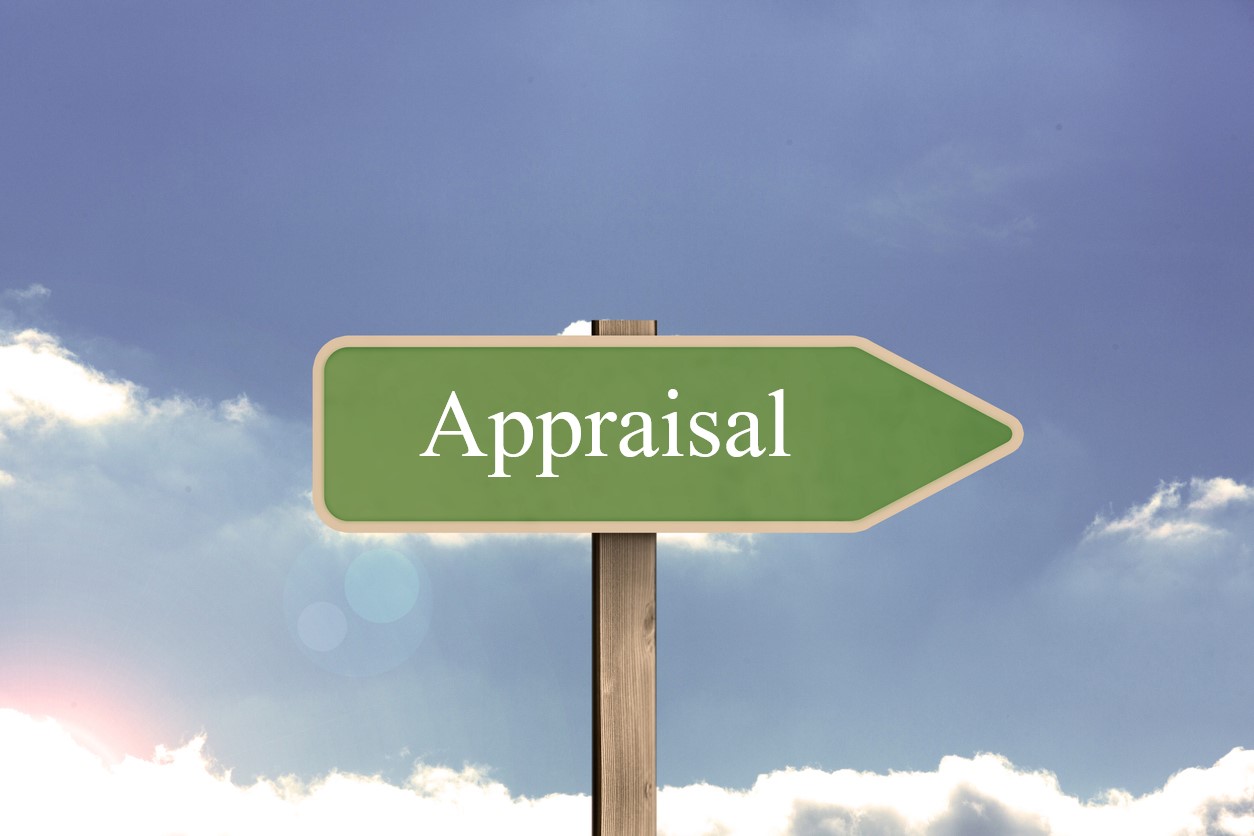Many policies provide a route to the potential resolution of a claim via the appraisal process. Recently, I spoke with Umpires who handle appraisal cases for residential and commercial losses, and I learned more about what can go wrong during the process and suggestions on ways to prevent the common missteps that can delay or damage the appraisal process. The best practice tips below were kindly provided by well respected Umpires.
Frightful Tale 1: “Appraisal by Ambush”
One nightmare situation can occur when one side, the appraiser for the carrier, or the appraiser for the policyholder holds back critical information. When one appraiser holds back information from the opposing appraiser, the umpire has a much tougher job. The withheld information can be a small but critical fact, or it can be a large amount of information contained in several reports. When an Umpire gets involved and the hold-out appraiser shows his cards with a smile like the Cheshire Cat, the other appraiser is caught off guard. The umpire is then charged with leveling the playing field and making sure both sides have all the information. The process is delayed while the umpire and appraiser get up to speed. This can be problematic, especially if the information withheld needs to be provided to the opposing appraiser’s experts.
Best Practice Tip — You have to be a believer. Appraisers have to believe in the process of appraisal. You must be willing to share information and have the mindset that by sharing information and substantiating your side, a resolution will be the reached. If you are caught off guard by information provided at a late date, ask the umpire for more time to digest the information and respond. A good umpire wants full disclosure.
Frightful Tale 2 “Ex-parte Communications”
Some appraisers try to have a substantive discussion with the umpire in the wrong setting and without the other side present. This does not help anyone. Many umpires have multiple assignments and are involved in industry events where they often see appraisers from other losses and sometimes the appraisers want an outside chance to plead their side of the case. Written ex-parte communications happen too. Sending information to the umpire only can create a lot of extra work for the umpire and places them in a tough situation.
Best Practice Tip — Discuss the case at hand with the entire panel. Experienced umpires explain that if they receive a message or documents from one side and it is not clear if the information has been shared with the other appraiser, the umpire often “gets stuck” providing the unilateral information to the other side. There seems to be a reluctance to share information, but appraisal should be a mutual exchange. It would be helpful if appraisers provided two copies of everything to the umpire to allow him or her to easily share the information. Also, a good tip is to send emails to the entire panel and make sure faxes or letters reflect the copies sent to the other side.
Frightful Tale 3 “The Uniformed Party”
The problem with this frightful tale seems to happen when a resolution of the claim has happened and the appraisal award has been entered, but then something goes wrong and the umpire does not get paid. The umpire should not have to hunt down a fee from the party. The insurance policy typically provides that the cost of the umpire should be divided equally between the parties, but umpires can have a hard time getting paid if their bill comes as a surprise to the party.
Best Practice Tip — Explain, Educate and Communicate with your client. Policyholders are often times experiencing a loss for the first time, and, while it may be the appraiser’s 100th appraisal, the policyholder may not understand how the process works and their responsibilities under the policy. Likewise, Umpires have explained that sometimes the insurance company representatives are not as well versed on the extent of the loss or the particulars of the claim. They may take issue with or delay paying an umpire bill because it is not what they expected. For instance, the hourly rate or the travel involved to complete the appraisal may be more than anticipated if the details of the loss are not explained at the onset. An umpire should be more than happy to provide both sides with this information so everyone is aware of the fees. Another pointer is for the appraisers to work hard on narrowing the issues themselves and coming to certain agreements so that the umpire only has to deal with and bill for the truly disputed issues.
Frightful Tale 4 “Something is Missing”
We know that a claim is in appraisal is because there was a disagreement on the loss, but umpires start to get concerned when some of the best evidence seems to be missing. Specifically, two types of recorded keeping issues can handicap an umpire’s work. On the carrier’s side, it is sometimes difficult to get photographs from the first inspection by the insurance company. In this digital age, umpires are puzzled as to why they do not have this information.
Similarly, certain documents for repairs to the home or the business are sometimes missing. Commonly, appraisers advise that the records do not exist or were not saved. Both of these situations put the umpire in a pickle.
Best Practice Tip — Umpires know that they are never going to have everything all the time, but when something that should be available isn’t there, they wonder why this information isn’t being provided. The umpire wants to make the best possible informed decision and suggests that you look again, and dig a little deeper to see if you can locate the missing information, and try to reach out to someone who would know more or have another copy of the record.
In sum, it seems everyone can benefit if 4 steps are followed by appraisers.
- Gather your information and inform your client of how the process works. Be sure to explain the role of the umpire and the costs involved.
- Do your homework on the loss and then provide the information to both the umpire and the other side. Trying to only to talk to the umpire can stymie the process.
- Be professional. No matter how the other side acts, respond with a professional approach. The umpire will recognize when one side is in the mud and the other avoids sinking to the same level.
- Believe in the process of appraisal and dig a little deeper to make sure the umpire has all the information needed.
Want to more tips on how to be a top quality appraiser? Umpire John A. Voelpel, III, CPCU, AIC of Voelpel Claim Service, Inc., has indicated that at the 2011 Windstorm Conference, where WIND is offering a special professional appraiser designation. Chip Merlin posted additional information about the Wind Conference on Wednesday in his post, The Windstorm Conference: A Claims and Insurance Law Conference That Cannot Be Missed.




